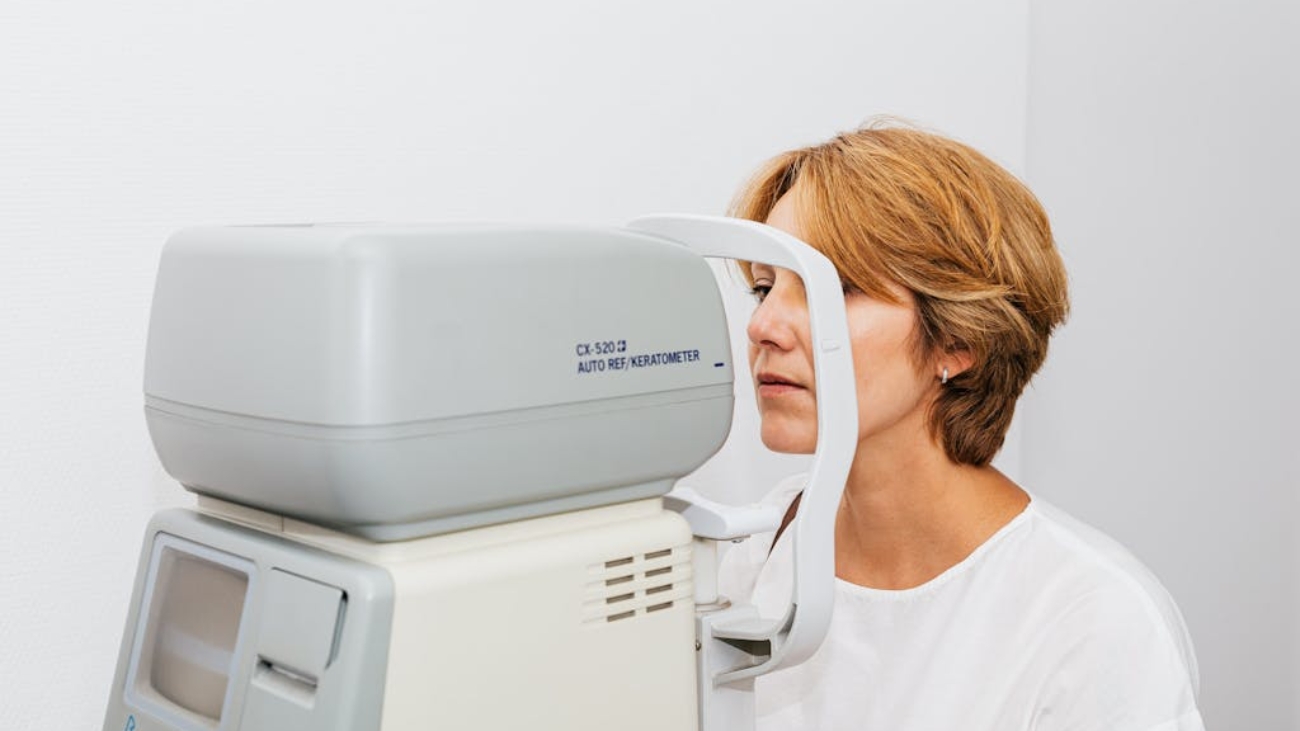Myasthenia Gravis (MG) is a chronic autoimmune disorder that weakens the voluntary muscles, making it harder for a person to move or perform everyday tasks. This condition occurs when the immune system attacks the communication between nerves and muscles. Although Myasthenia Gravis affects people differently, recognizing the early signs is crucial for prompt diagnosis and treatment. Here are 10 early signs that may be linked to Myasthenia Gravis.
Muscle Weakness That Worsens with Activity
One of the earliest signs of MG is muscle weakness that gets worse with physical activity and improves with rest. The muscles most affected are often those controlling eye movements, facial expressions, and swallowing. This can make tasks like lifting objects or climbing stairs feel more difficult as the day goes on.
Drooping Eyelids
Ptosis, or drooping eyelids, is a common early sign of Myasthenia Gravis. The eyelids may become heavy or droop, which can affect vision and cause discomfort. This drooping is usually more noticeable by the end of the day and might improve after resting.
Double Vision
Another common sign is double vision (diplopia), caused by weakness in the eye muscles. When the muscles cannot align the eyes properly, it can lead to the perception of two images instead of one. This may worsen with fatigue and improve with rest.
Difficulty Speaking
People with Myasthenia Gravis may experience difficulty speaking clearly. The muscles responsible for speech can become weak, making a person’s voice sound slurred, weak, or hoarse. This is often more noticeable after prolonged conversation or during moments of fatigue.
Difficulty Swallowing
As MG progresses, it can affect the muscles used for swallowing. People may experience choking or have trouble swallowing food or liquids, which can lead to frequent coughing while eating or drinking. This symptom can increase the risk of aspiration pneumonia, which happens when food or liquid enters the windpipe.
Shortness of Breath
When the muscles involved in breathing become weak, it can lead to shortness of breath. This can be especially noticeable after physical activity. In severe cases, this might develop into a myasthenic crisis, a medical emergency that requires immediate treatment.
Weakness in the Limbs
In some cases, MG affects the muscles in the arms and legs. This can cause difficulty with tasks like walking, lifting, or getting up from a seated position. People might notice that their legs feel weak or shaky after standing for a short period.
Facial Weakness
Facial muscles can become weak, causing difficulty in smiling or making facial expressions. People may notice a lack of expression, or their face might appear droopy or uneven.
Fatigue
Excessive fatigue is a common symptom of Myasthenia Gravis. As muscle weakness worsens, simple activities can become exhausting, leading to a feeling of extreme tiredness that doesn’t go away with rest.
Difficulty Holding the Head Up
In severe cases, the muscles that support the neck and head may weaken. This can cause difficulty holding the head up straight, leading to a condition called “head drop,” where the head slumps forward due to muscle weakness.
When to See a Doctor
If you notice any of these signs or symptoms, it’s important to see a doctor. Early diagnosis and treatment can help manage symptoms and improve the quality of life for individuals with Myasthenia Gravis. While MG is a chronic condition, with proper medical care, many people can live active and fulfilling lives.
